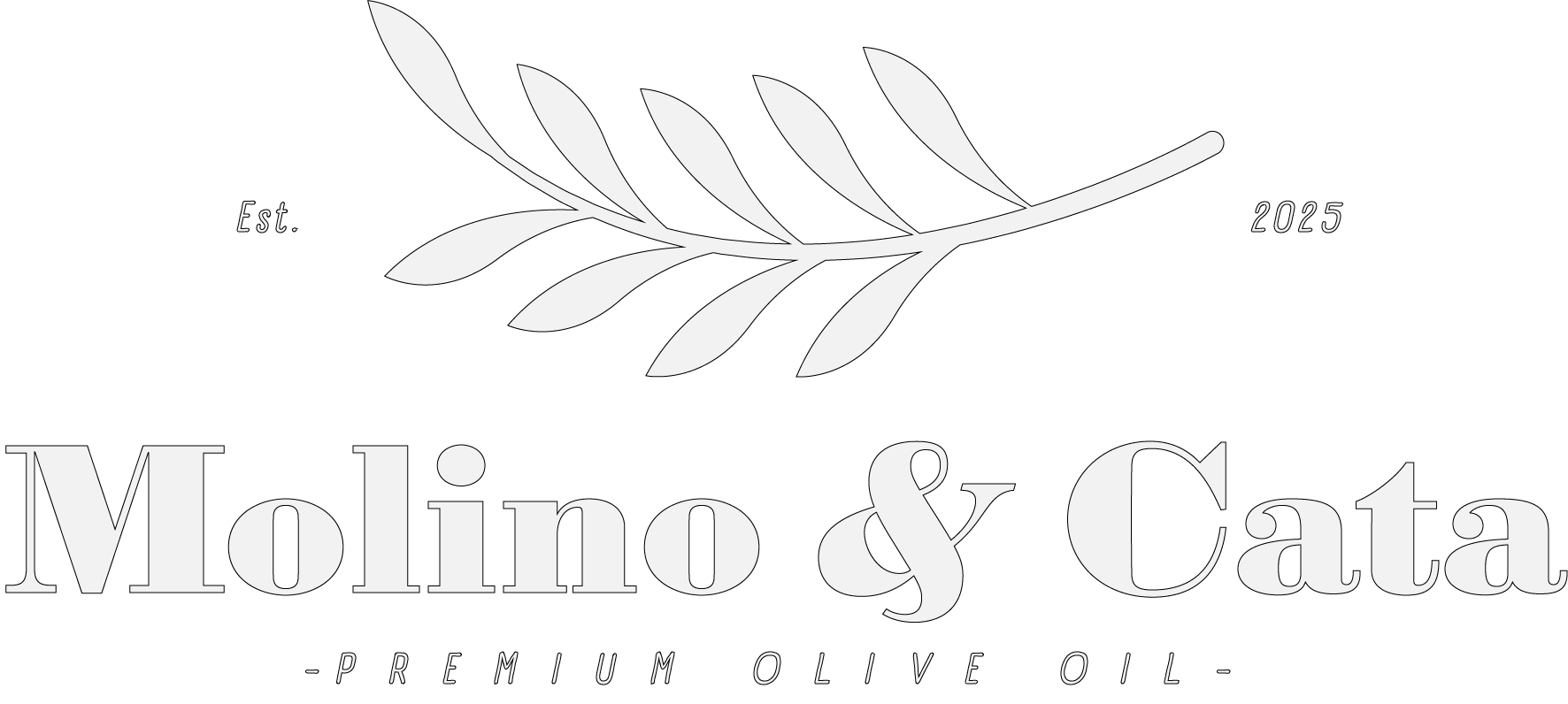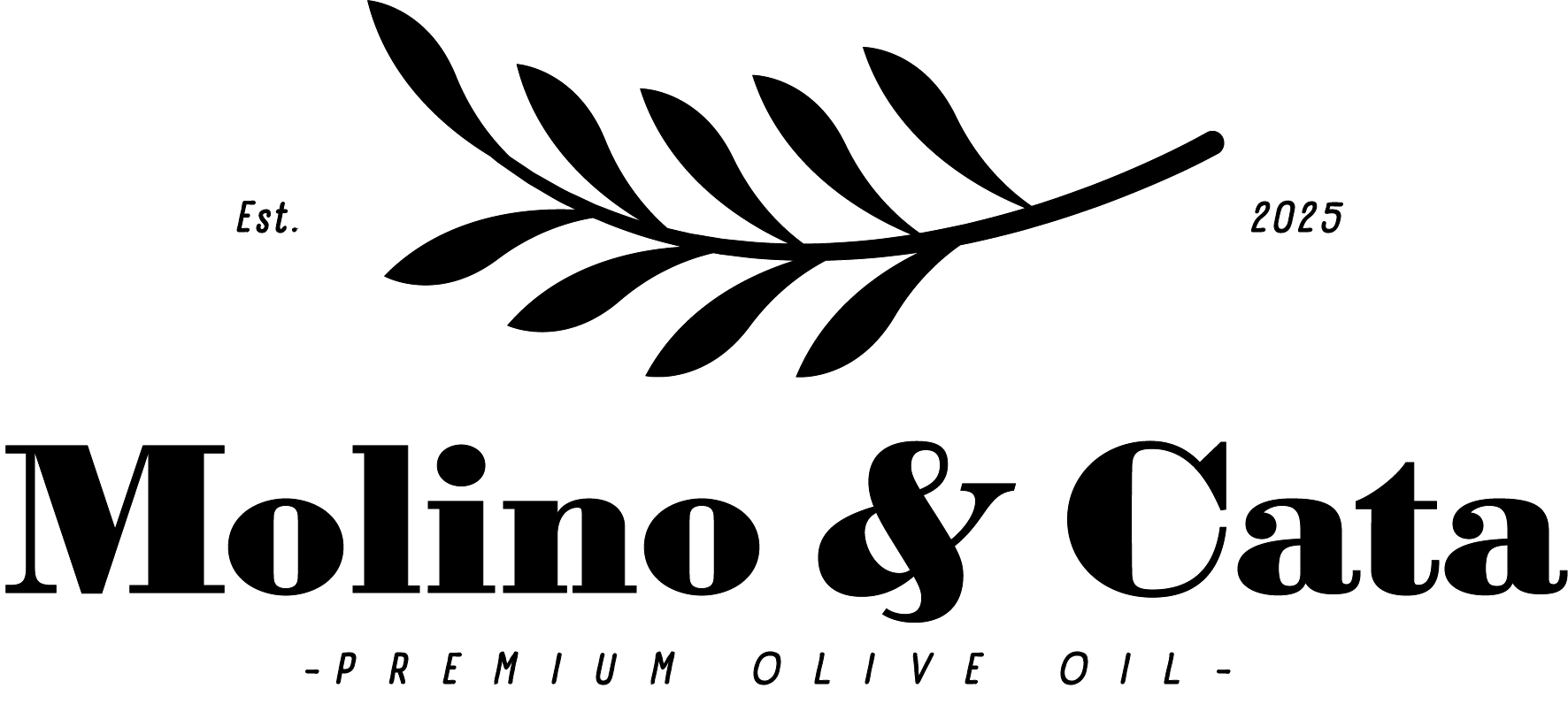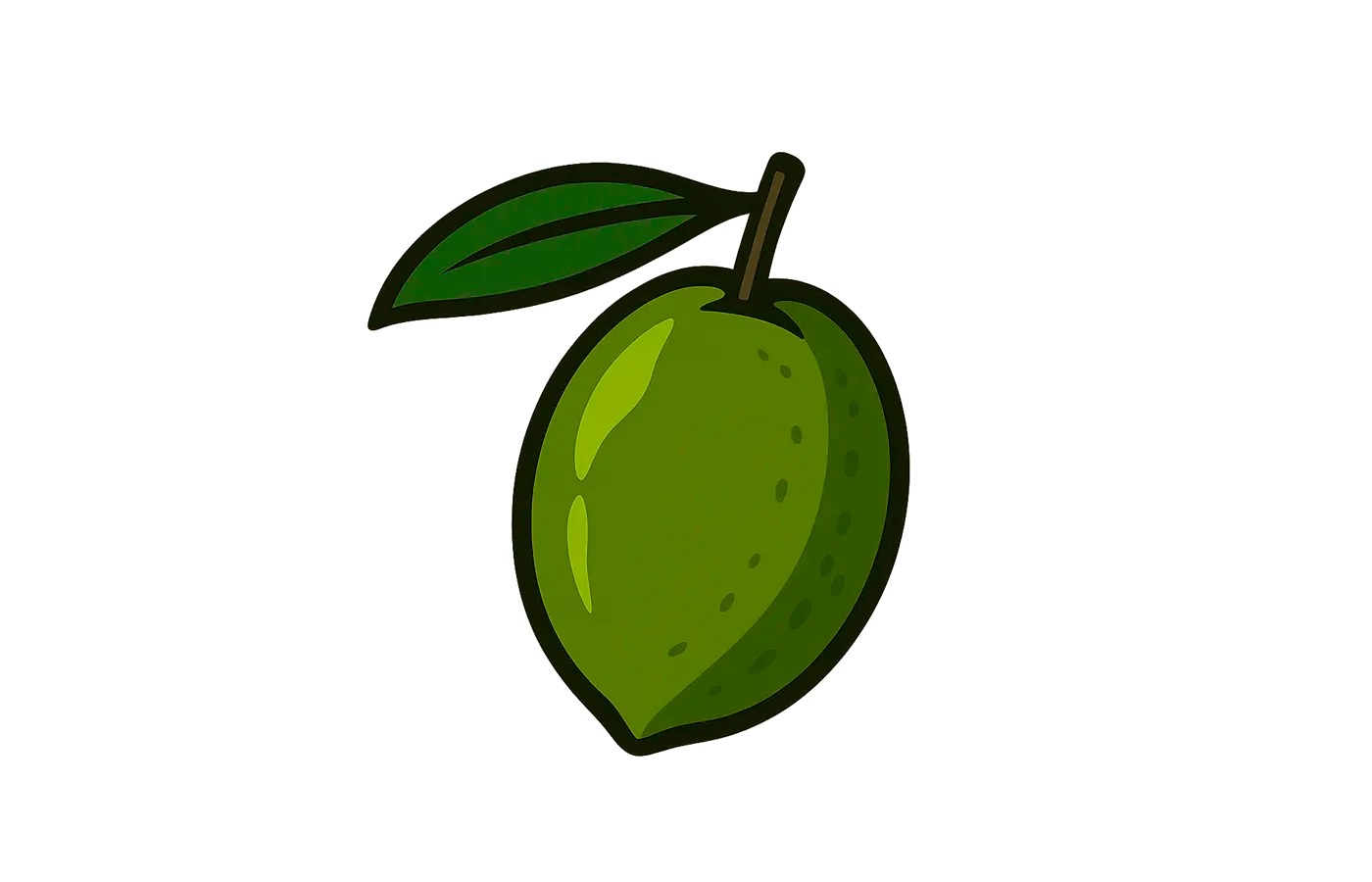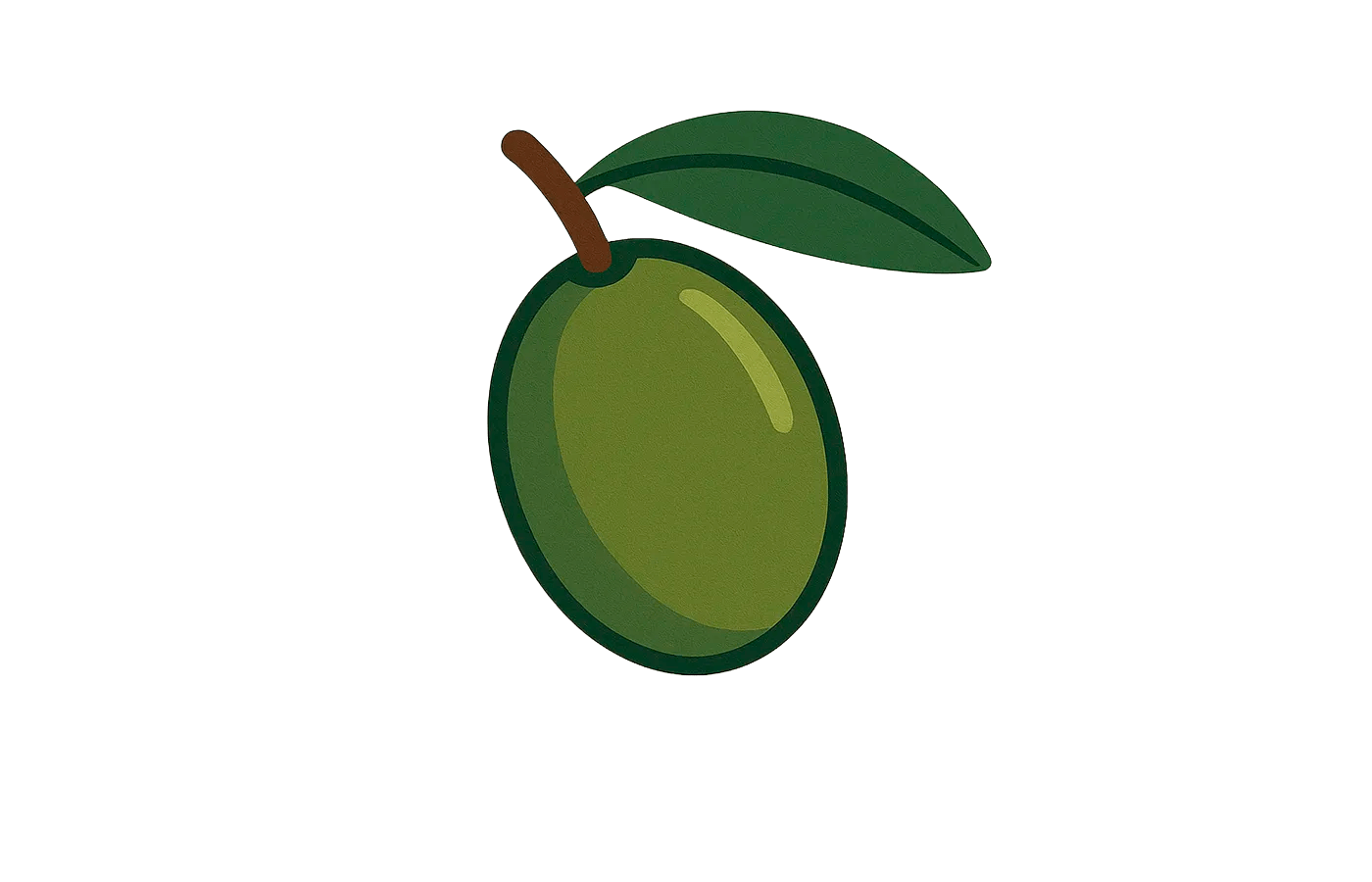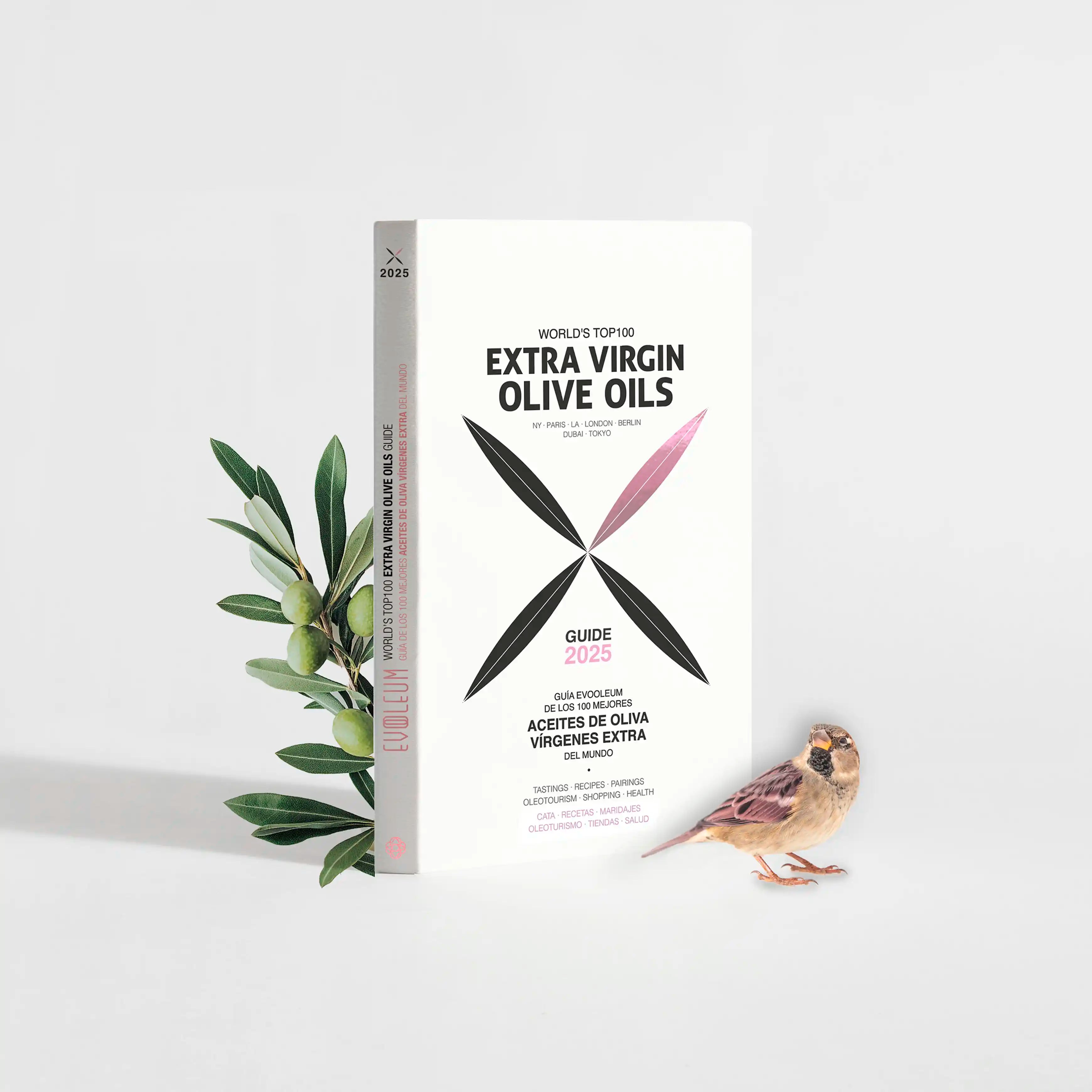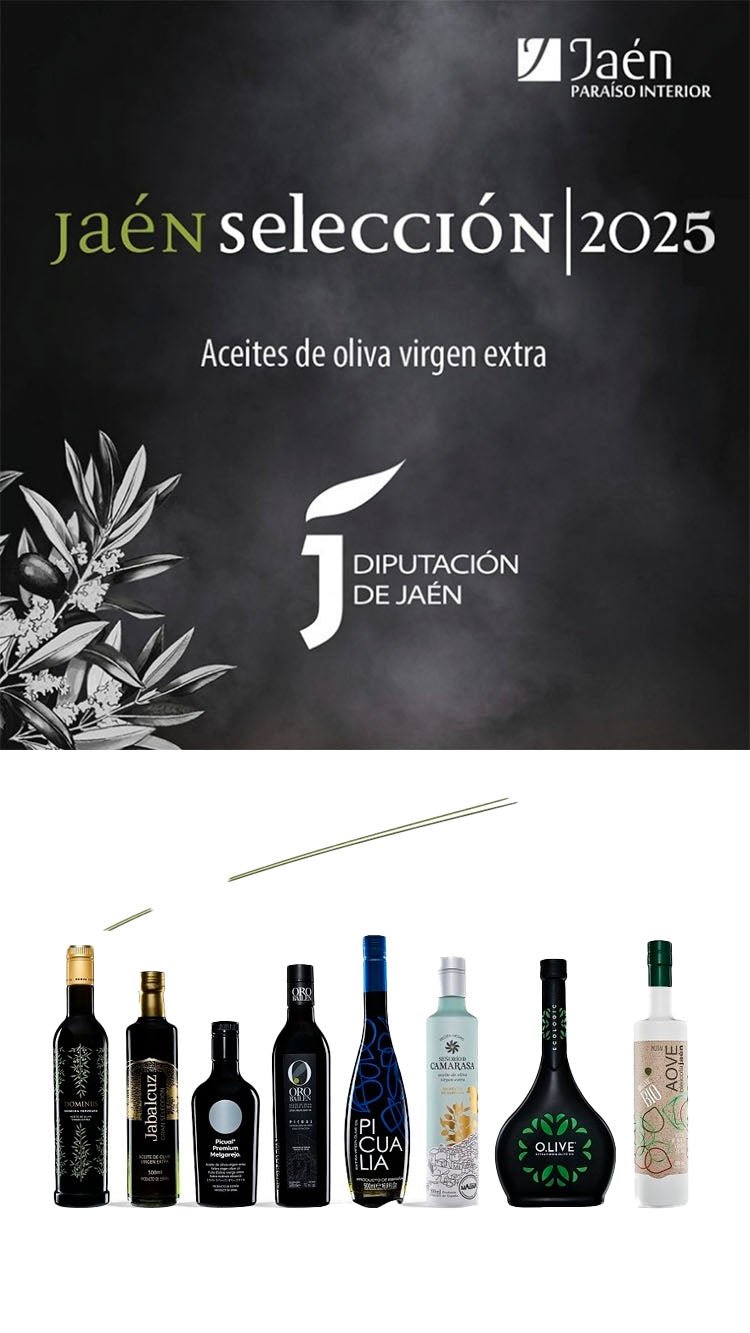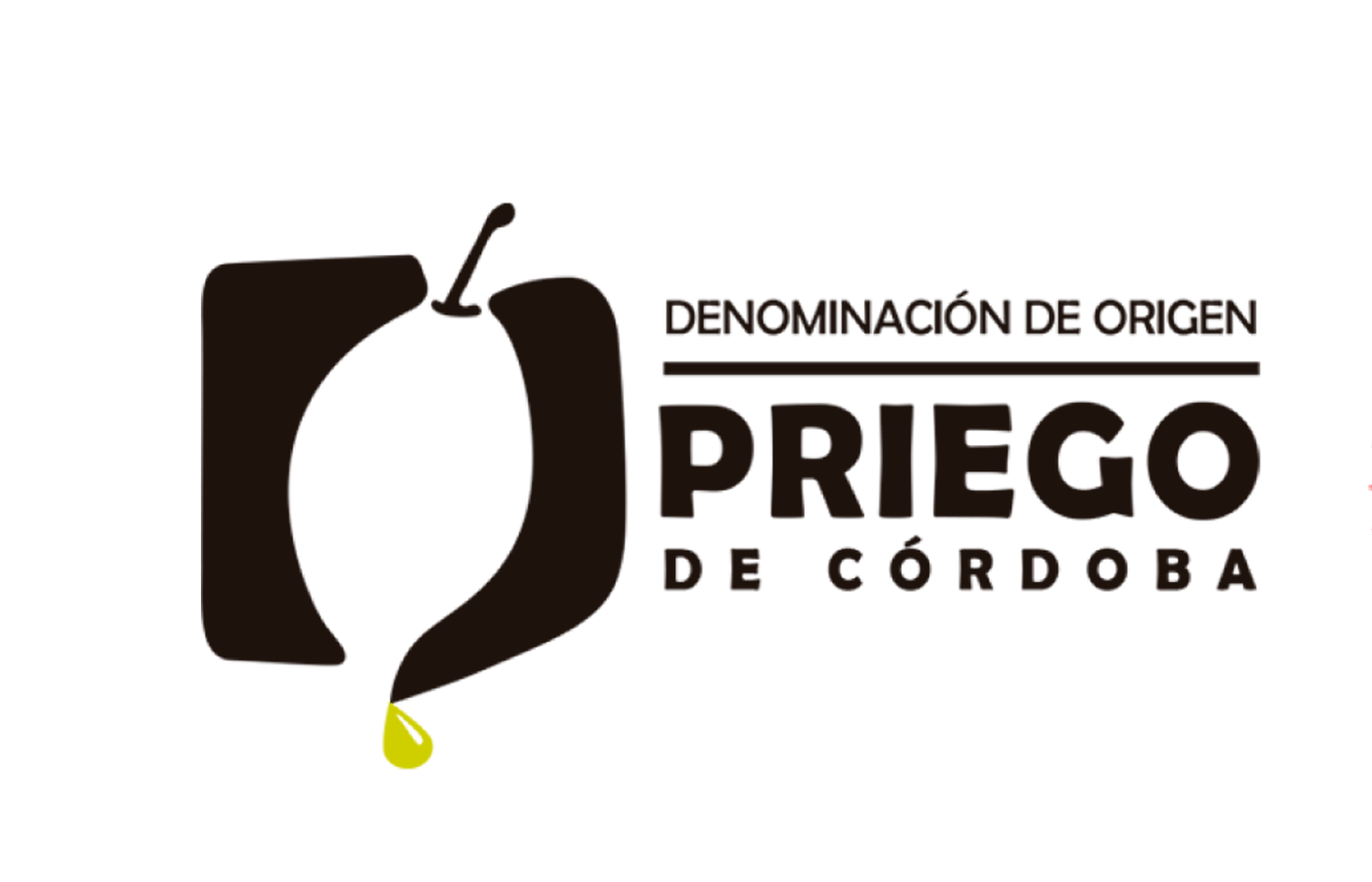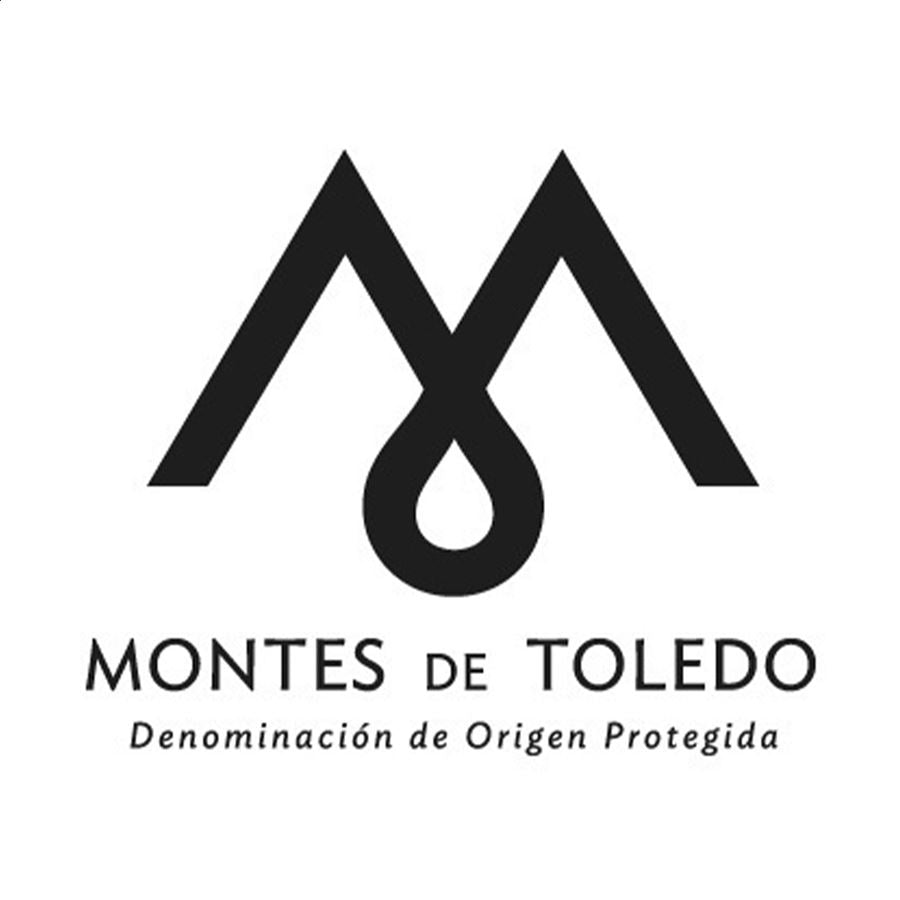How to taste Extra Virgin Olive Oil: The Art of Evaluating Quality and Flavor
Extra Virgin Olive Oil (EVOO) tasting is a crucial method for evaluating its quality by clearly identifying positive sensory characteristics and any defects affecting the final product. This approach ensures that the oil meets the high standards demanded by consumers and official certification bodies.
A proper sensory assessment enables consumers to easily distinguish high-quality olive oils from those with defects, providing transparency and consumer confidence.
What is professional olive oil tasting?
Professional olive oil tasting is regulated by Royal Decree 227/2008 and the International Olive Council (IOC), organizations responsible for setting objective methods and criteria to ensure accurate, reliable sensory evaluations.
These organizations also certify official tasting panels, guaranteeing that evaluations take place under standardized and strict conditions, thus maintaining the international prestige of Spanish Extra Virgin Olive Oil.

How to taste Extra Virgin Olive Oil step by step
Preparation of materials and samples
Samples are presented in official dark-blue tasting glasses, specifically designed to hide the color of the oil and prevent visual bias. The oil should be gently warmed to about 28°C to enhance the release of volatile aromatic compounds.
Olfactory phase
Bring the glass close to your nose and inhale deeply to identify the oil’s positive aromas. The finest olive oils will clearly remind you of fresh fruit, freshly cut grass, tomato, green almond, or green banana. Unpleasant aromas such as rancid, winey, metallic, or musty indicate defects that disqualify it as Extra Virgin.
Gustatory phase
Take a small amount of oil and slowly distribute it around your mouth. This stage evaluates essential characteristics such as bitterness and spiciness—attributes linked to the richness of polyphenolic antioxidants. A balanced presence of these attributes indicates superior quality. Defects such as muddy sediment notes, rancidity, or cooked flavors lower its sensory classification.
Tactile and retronasal phase
Evaluate the texture of the oil (fluidity, body, creaminess) and its aromatic persistence in the mouth. High-quality oils typically leave a pleasant, persistent fruity aftertaste confirming freshness and excellent condition.
Final evaluation and oil classification
After completing the above steps, tasters record their results on an official tasting sheet. Extra Virgin Olive Oil must be entirely free from defects and exhibit clearly positive attributes. Oils with minor defects are classified as \"Virgin Olive Oil,\" whereas those with evident defects are deemed \"Lampante,\" unsuitable for direct consumption without refining.
Transparency for consumers: learn to taste olive oil
This rigorous sensory evaluation method not only certifies product quality but empowers consumers by providing transparent information about the sensory characteristics of the olive oil they purchase.
Labels on superior-quality oils often include detailed sensory descriptions, helping consumers better understand what to expect from the product.
If you'd like to deepen your knowledge or participate in specialized tastings, consider olive oil tasting courses and workshops organized by Molino y Cata in Granada. You can also explore courses offered by the Interpretation Center \"Olivar y Aceite\" in Úbeda, courses from the International University of Andalusia (UNIA), and the Olive Oil Tasting Expert program at the University of Jaén (UJA), where I am an instructor.
These training sessions offer a fantastic opportunity to explore the many sensory nuances of olive oil in detail, enhancing your understanding of the importance of careful and sustainable production.
To complement your learning, I invite you to watch this interview I gave on Canal Sur explaining how an olive oil tasting is conducted (In Spanish).
Frequently asked questions about olive oil tasting
- What is the ideal temperature for tasting olive oil? Around 28°C, which facilitates aroma perception.
- Do I need a special glass for olive oil tasting? Ideally yes, but a small opaque ceramic cup can suffice.
- Can I reuse olive oil after tasting? Yes, but it's best to consume it soon afterward as it loses aromatic intensity.
- What does the spiciness of olive oil indicate? It indicates a higher content of natural antioxidants.
- Can I perform a tasting at home without being an expert? Absolutely! It's a great way to train your senses and better appreciate quality.
Author: Mercedes Uceda, Biologist, Expert Olive Oil Taster certified by the University of Jaén. Lecturer at the University of Jaén and the International University of Andalusia, with over 10 years of experience training professional olive oil tasters.
Last reviewed: August 2025
Share
